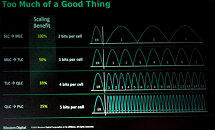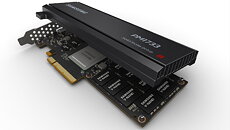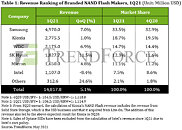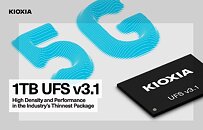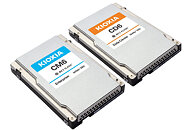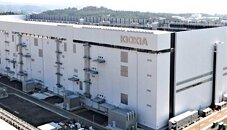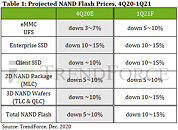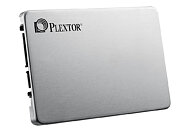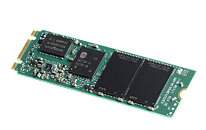
KIOXIA Announces BG5 PCIe Gen4 NVMe SSD
KIOXIA America, Inc. today announced that it has bolstered its lineup of PCIe 4.0 solid state drives (SSDs) with the addition of the KIOXIA BG5 Series. Designed to bring a suitable balance of performance, cost and power to everyday gamers and PC users, the KIOXIA BG5 Series is built with a PCIe 64 GT/s interface (Gen4 x4 lanes) and accelerated by the company's fifth-generation BiCS FLASH 3D flash memory technology.
As a virtual multi-LUN (VML)-enabled client SSD, the KIOXIA BG5 Series unlocks back-end flash performance while maintaining affordability, making it an especially attractive option for a wide range of commercial and consumer notebooks and desktops. KIOXIA BG5 SSDs also support the latest Host Memory Buffer (HMB) technology to realize a finely optimized DRAM-less SSD. The KIOXIA BG5 ships in a compact M.2 2230 single-sided, thermally optimized form factor enabling mobility and work-from-home lifestyles. M.2 2280 single-sided form factor versions are also available.
As a virtual multi-LUN (VML)-enabled client SSD, the KIOXIA BG5 Series unlocks back-end flash performance while maintaining affordability, making it an especially attractive option for a wide range of commercial and consumer notebooks and desktops. KIOXIA BG5 SSDs also support the latest Host Memory Buffer (HMB) technology to realize a finely optimized DRAM-less SSD. The KIOXIA BG5 ships in a compact M.2 2230 single-sided, thermally optimized form factor enabling mobility and work-from-home lifestyles. M.2 2280 single-sided form factor versions are also available.














